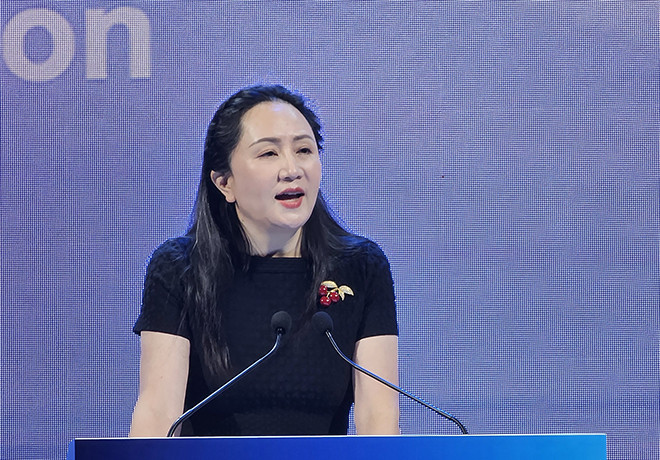
On June 28, 2023, at the opening ceremony of Mobile World Congress Shanghai - MWC Shanghai 2023, Ms. Meng Wanzhou, Huawei's Rotating Chairwoman and Chief Financial Officer, delivered an important speech on the topic of "Seizing the opportunity of digital transformation with 5G".
She shared: "5G has been commercially deployed around the world for the past 4 years. This 5th generation mobile technology is promoting the creation of many new values in society, 5.5G will be the next step. Meanwhile, science and technology are also moving towards large-scale and complex systems, requiring technology to be suitable for specific situations and system engineering applications, to pave the way for the development of 5G in the future."
The following are the issues addressed by Ms. Meng Wanzhou, Huawei's Rotating Chairwoman and Chief Financial Officer, in her speech.
Three prominent areas being boosted by 5G
Science fiction only depicts the future, but technology can turn imagination into reality.
5G has been commercially deployed for the past 4 years. 5G is present in all industries and in countless household technologies around the world, changing the way we work and live, as well as creating enormous value for the economy, industry and society.
For consumers, 5G, Cloud and AI have created a ripple effect, a space where all buyers can also become sellers.
For industry, 5G is becoming a new driver of productivity. Technology providers, partners, and customers are aligning more closely than ever to maximize the value of 5G. A consistent strategy, deep understanding of all industry scenarios, and continuous improvement in ROI have made 5G a strong contender in industrial applications.
5G also enables new devices and applications that bring more immersive experiences to the future, such as 5G-New-Calling (next-generation calls based on 5G networks with near-zero latency) and Naked-Eye-3D (technology that projects 3D images in 2D space without the need for visual aids). 5G is also ushering in a new era of hyper-connectivity between things, bringing superior power to IoT networks and promoting the emergence of new productivity models.
Accordingly, 5.5G will be the next step of 5G with 10 Gigabit download speed, 1 Gigabit upload speed, along with the ability to support 100 billion connections and native AI. 5.5G will not only make connectivity better, but also create incredible new business opportunities, meeting the goals for industrial needs in the fields of IoT, sensors and modern manufacturing.
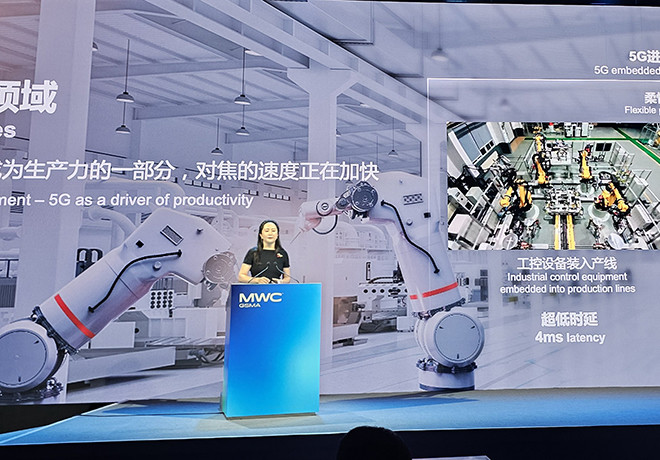
Bringing 5G to Paving the Way for a Series of Successes
The path to success is not built on a single cutting-edge technology, but on technology that fits specific situations and real-world needs. Therefore, systems engineering is the key to paving the way for the next journey.
The commercial rollout of 5G is fueling greater disruption and leapfrogging innovation. What will take 5G to the next level and deliver greater value in different markets?
To find the answer, industries need to find the right technology for each situation and apply more comprehensive systems engineering. At the same time, it is necessary to dig deeper into industrial scenarios, truly understand customer problems and apply comprehensive systems engineering thinking.
To do so, the industry needs to collaborate more closely not only within but also outside the value chain – with partners, customers, and developers… to innovate and find new tools, methodologies, modeling and optimization solutions. Furthermore, industries need to be ready to pave the way for continuous development of the entire product lifecycle from research and development, procurement, to supply and marketing.
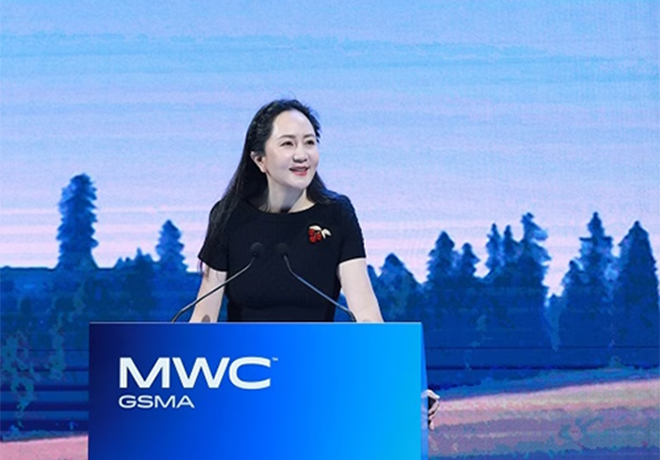
Explore the future of media
According to Ms. Meng Wanzhou, the digital infrastructure of the future smart world will be tightly integrated into every aspect of life, every industry and society. The infrastructure is not based on individual technological advances, but on extremely massive and complex systems, converging many factors, requiring thinking and design at the system level.
Just like when you watch a chess game, you can see the big picture; but when you play chess, you need to focus on the details. Similarly, the system capabilities to integrate technology and manage the transition are critical to the future success of 5G.
Chairman Meng Wanzhou elaborated on two types of integration capabilities: “The first is the integration of different technologies. We can achieve greater synergy across the cloud, network, edge, and devices through system design and cross-domain innovation. When combined with optimized software, hardware, processors, and algorithms, we can address the challenges associated with developing complex solutions for different industry scenarios.”
“The second is the integration of different approaches to management. Smart digital transformation is not limited to technology, but also requires a transformation of management. Digital transformation requires redefining the relationship between people, things, events and theories; at the same time, adopting a more open, future-oriented management approach to address foreseeable challenges,” said Ms. Meng Wanzhou.
Concluding her speech, Ms. Meng Wanzhou affirmed: “Technologies such as 5G, 5.5G, AI and Cloud will help us catch up with the trend, follow the rising tide to ride the wave towards the intelligent digital world. The best prospects are always ahead. Together, we will create a bright future.”
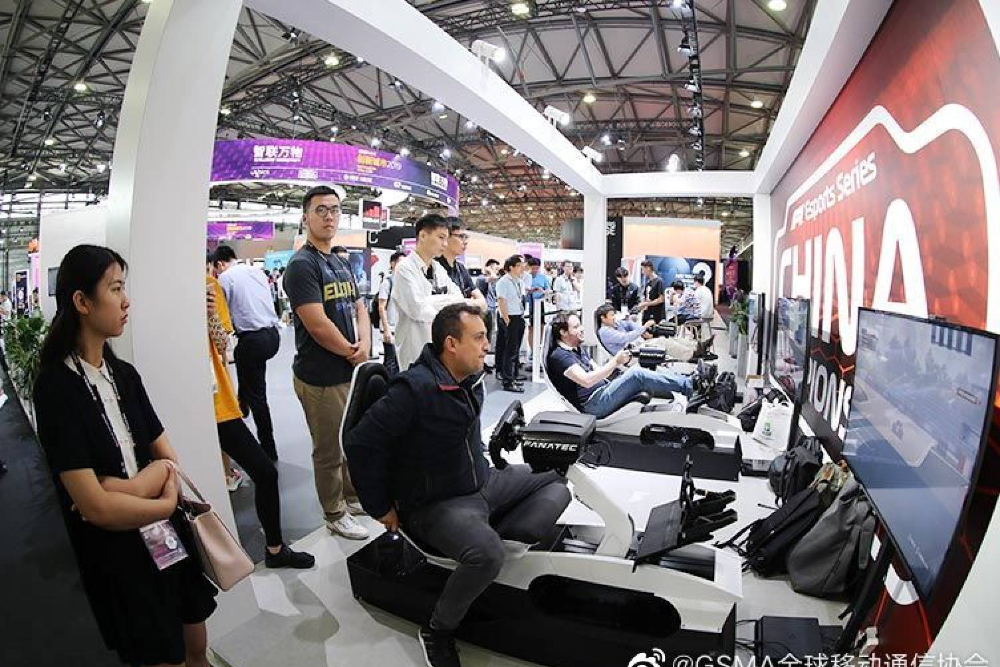
Source


![[UPDATE] April 30th parade rehearsal on Le Duan street in front of Independence Palace](https://vstatic.vietnam.vn/vietnam/resource/IMAGE/2025/4/18/8f2604c6bc5648d4b918bd6867d08396)




![[Photo] Prime Minister Pham Minh Chinh receives Mr. Jefferey Perlman, CEO of Warburg Pincus Group (USA)](https://vstatic.vietnam.vn/vietnam/resource/IMAGE/2025/4/18/c37781eeb50342f09d8fe6841db2426c)



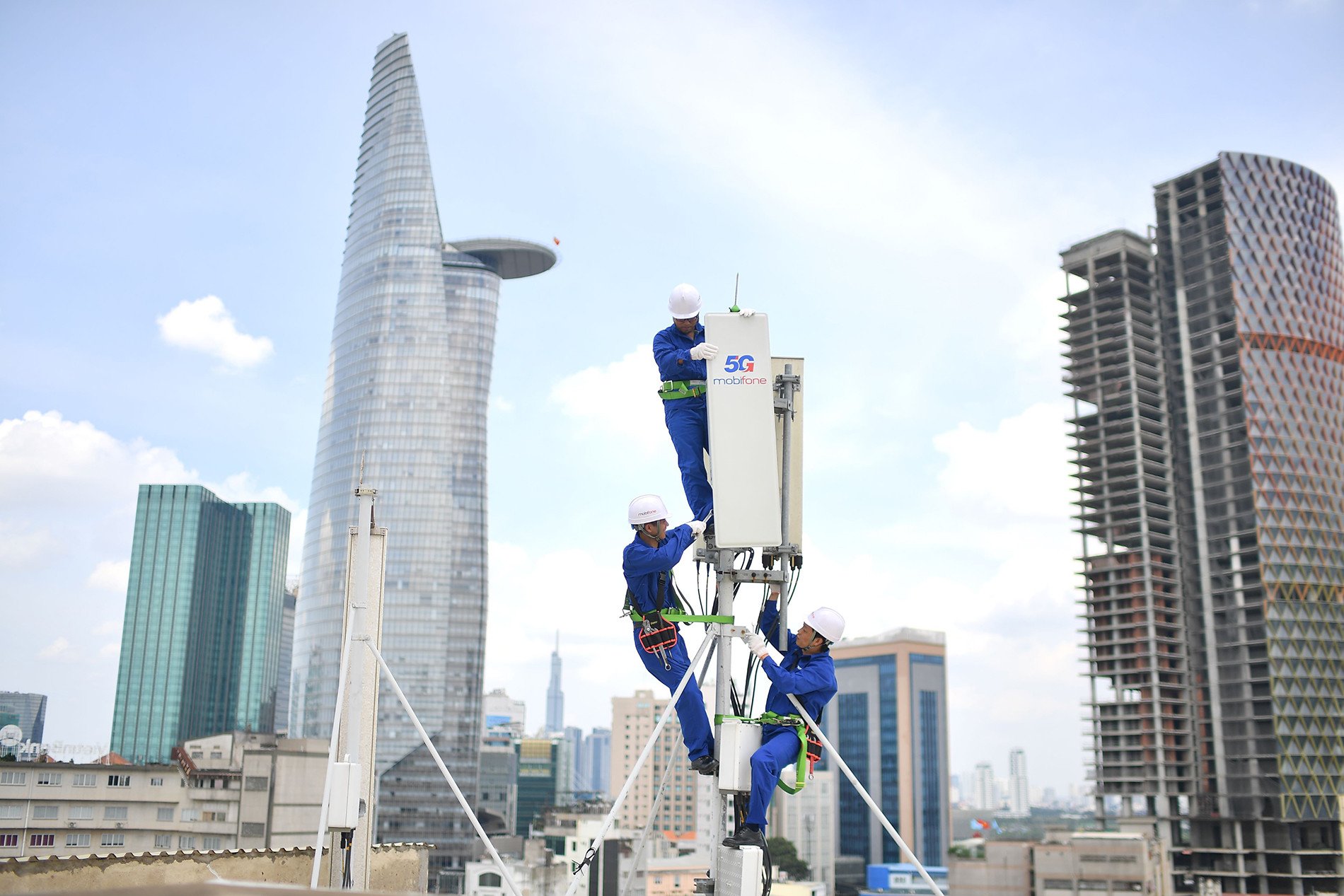
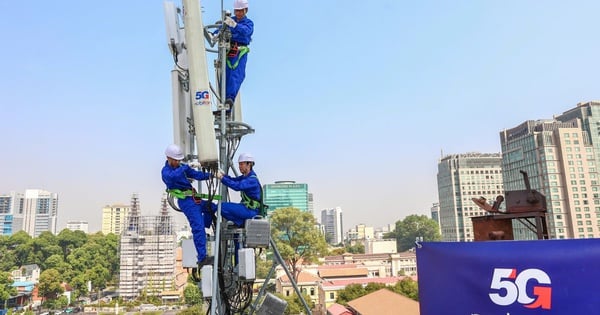

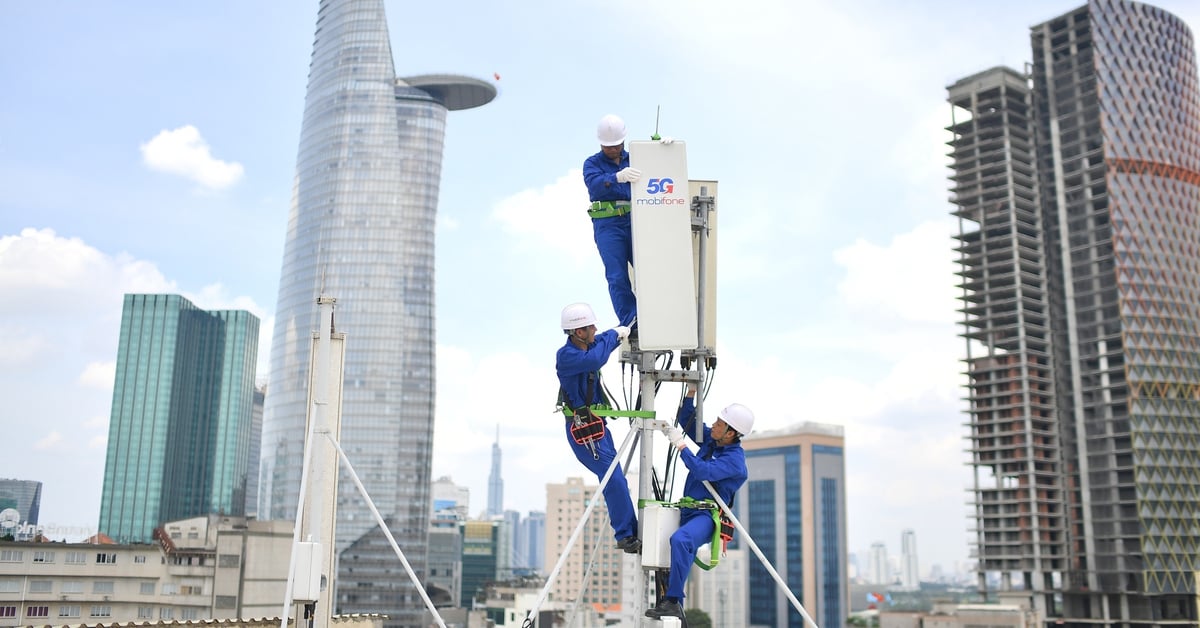

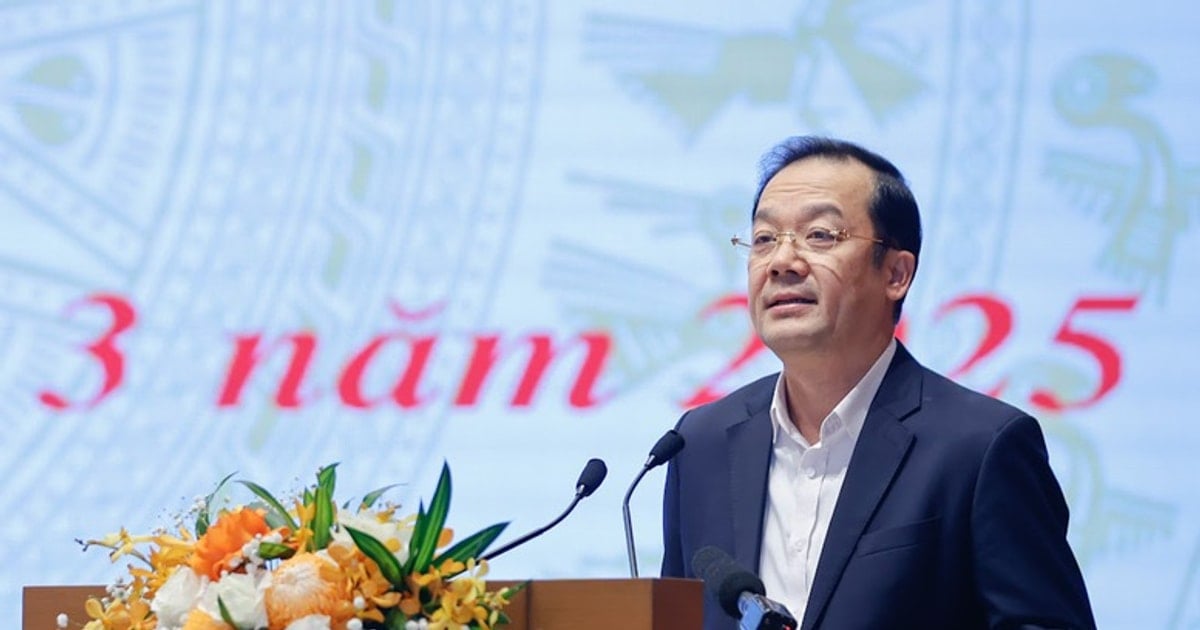





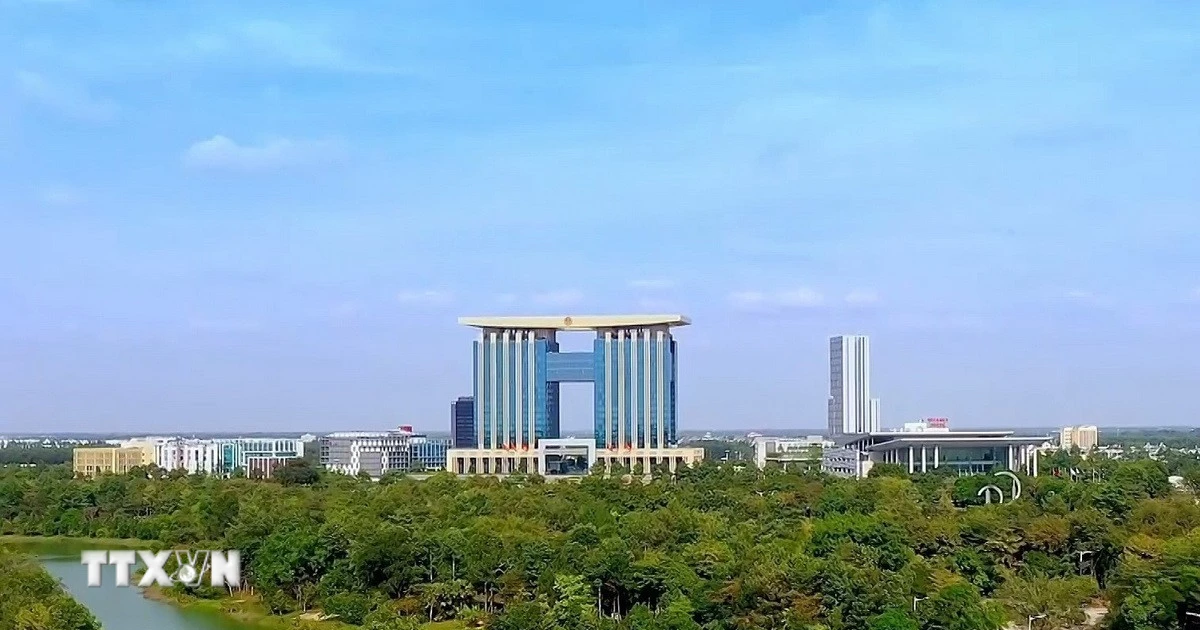
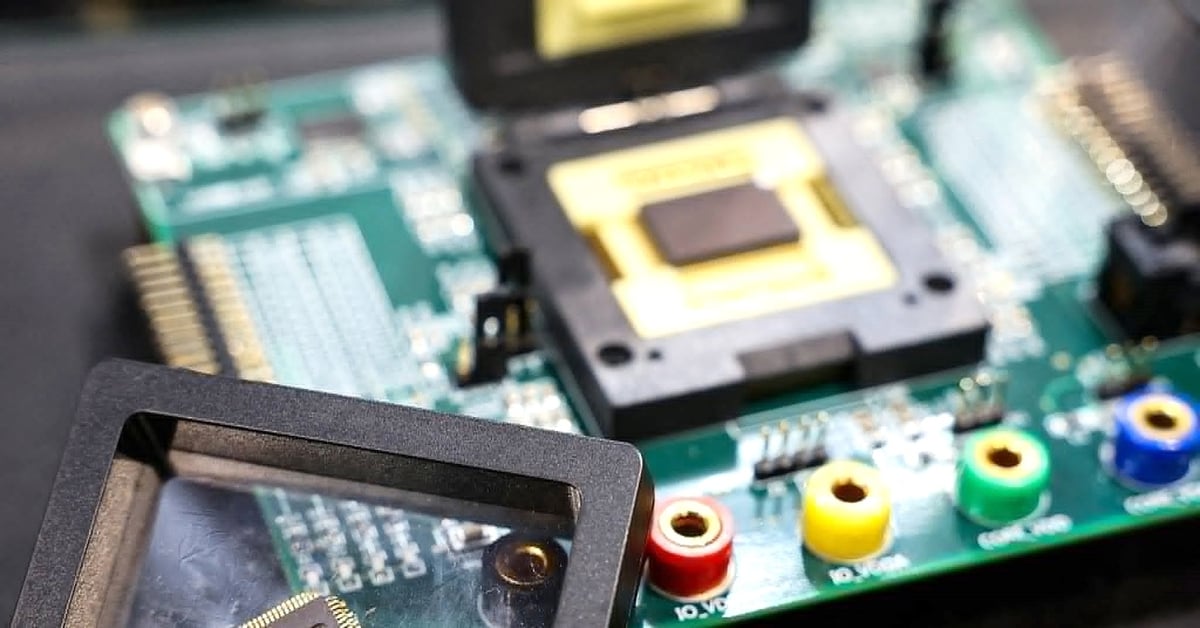









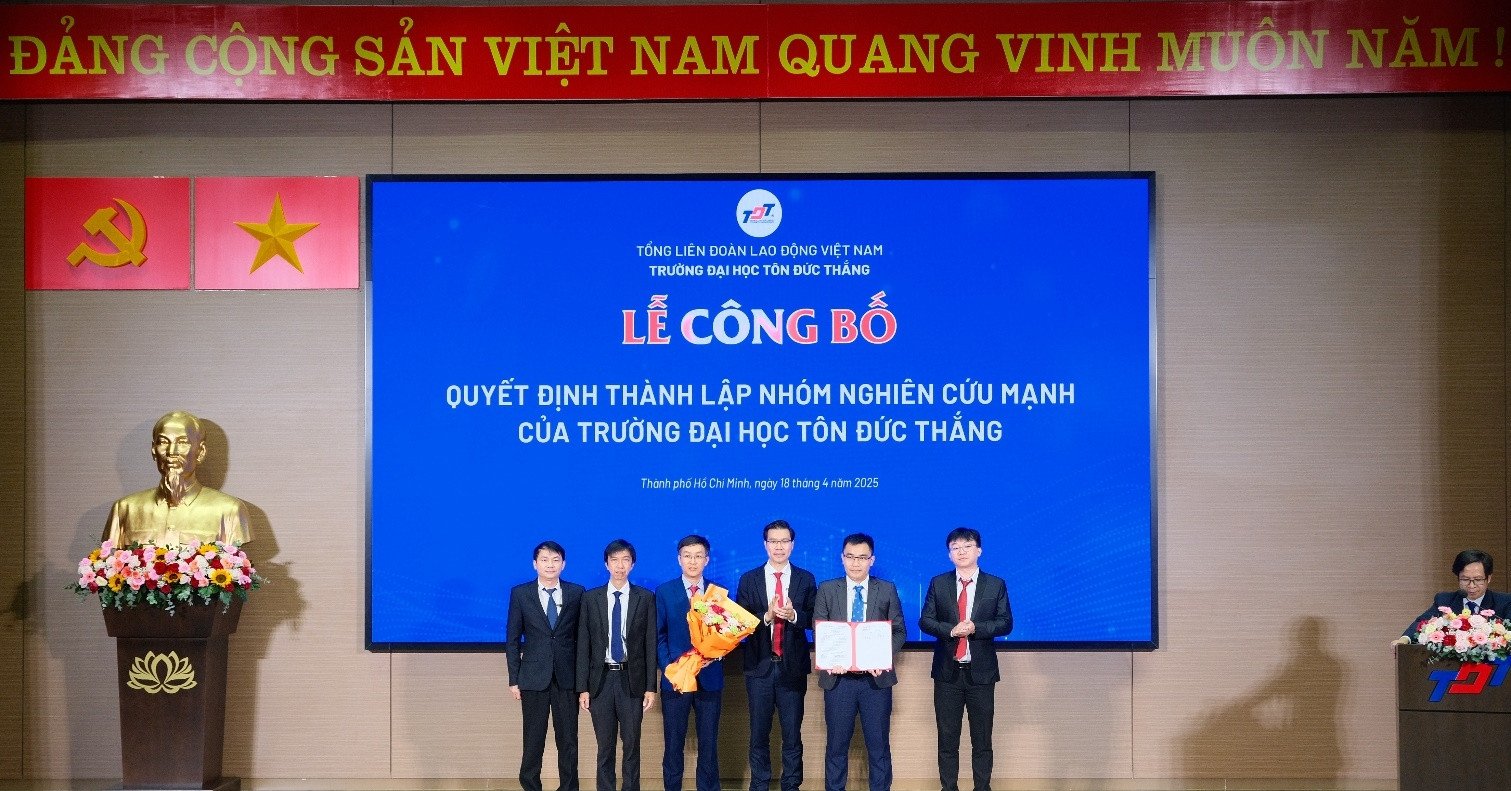





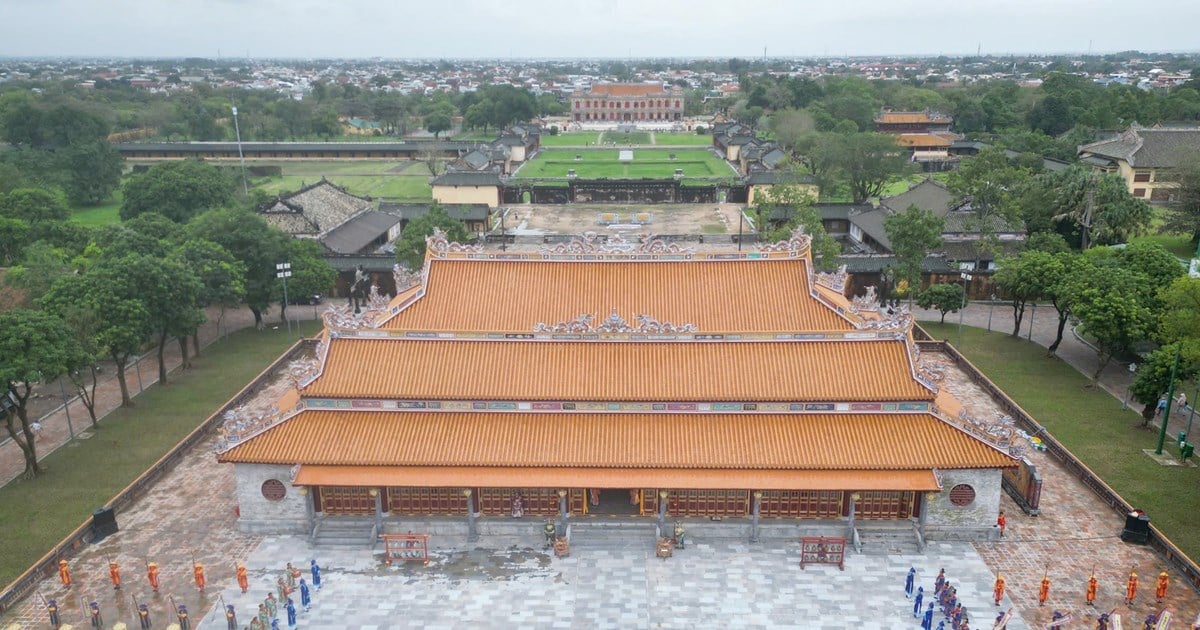
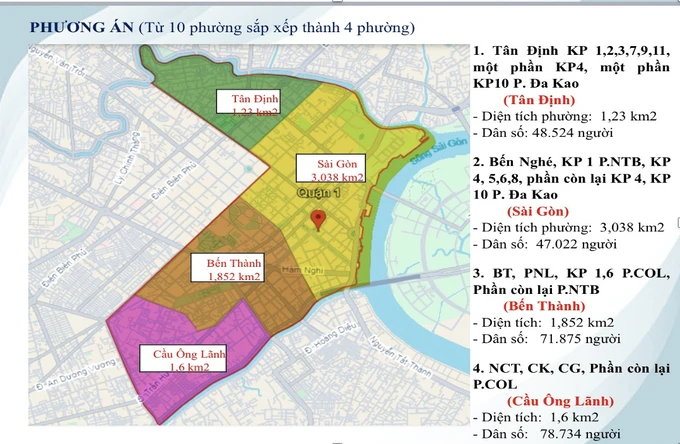












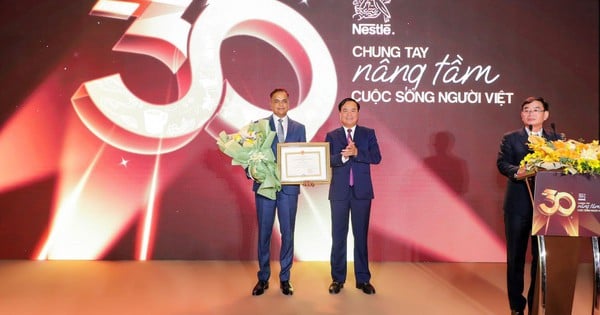

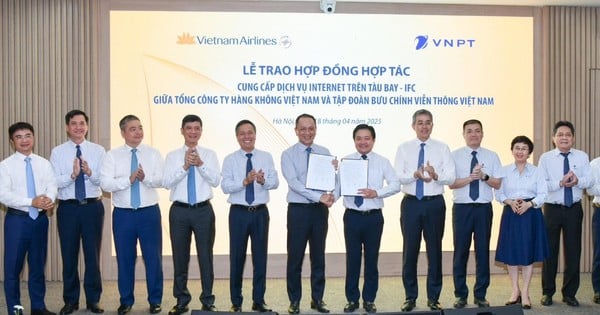
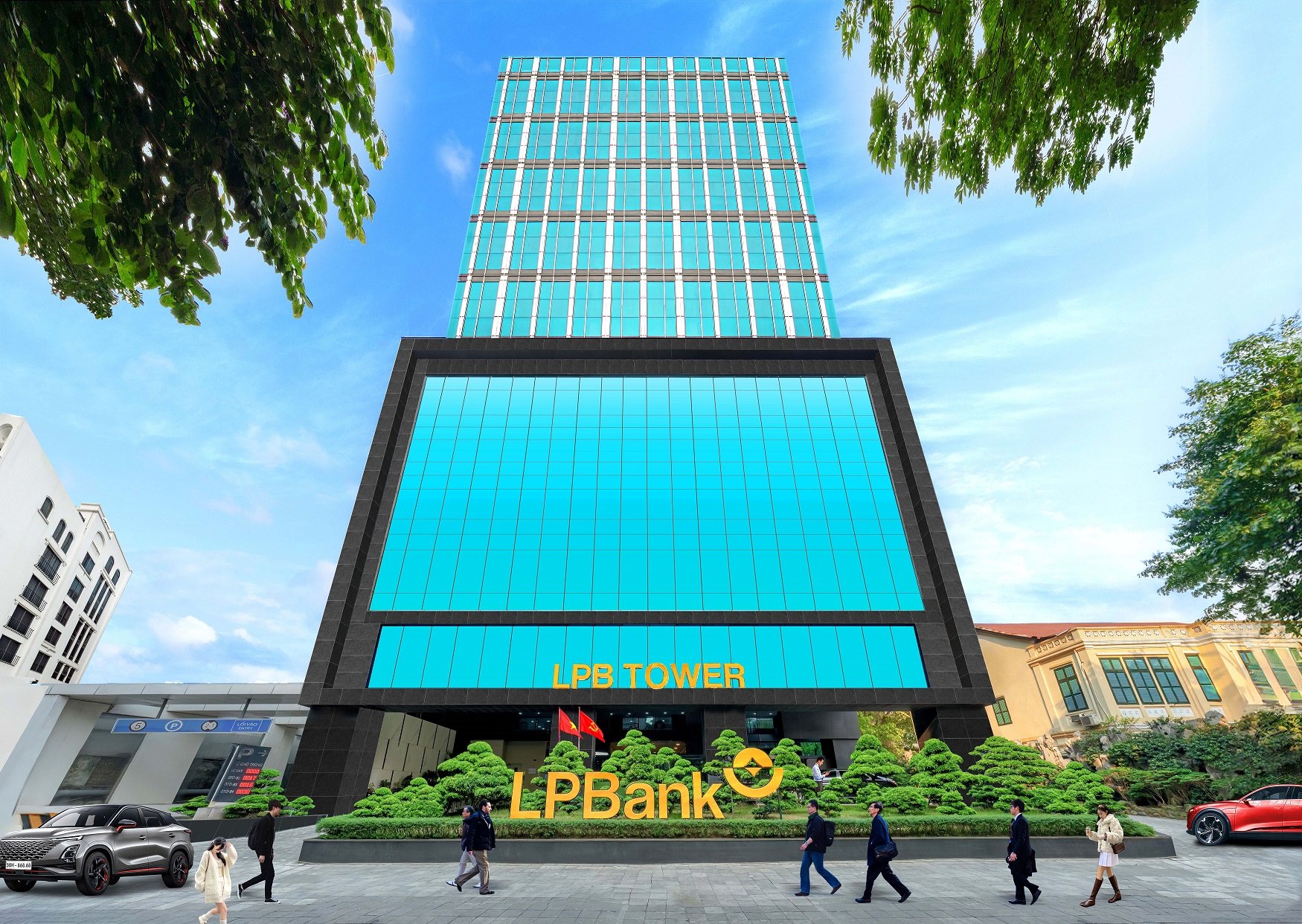









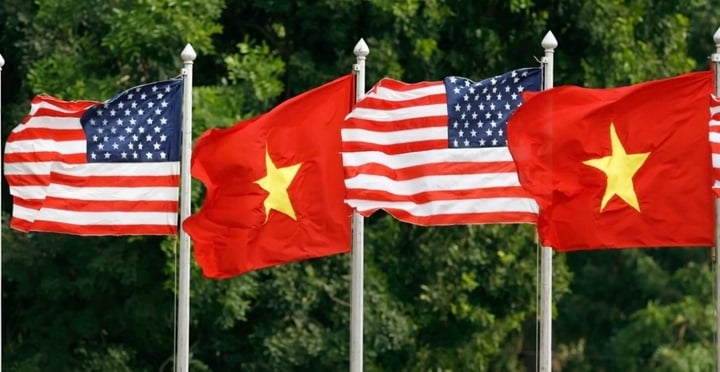


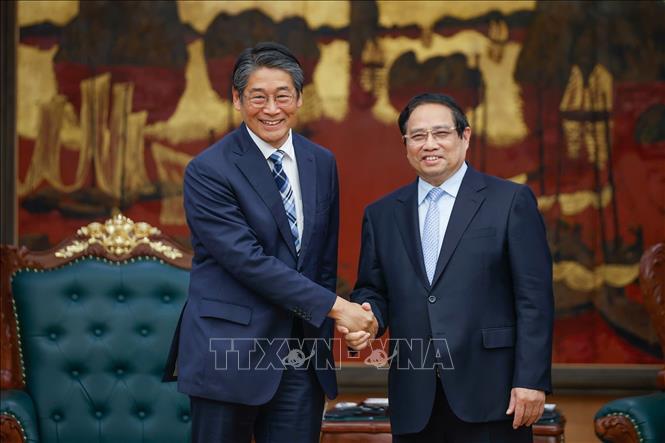



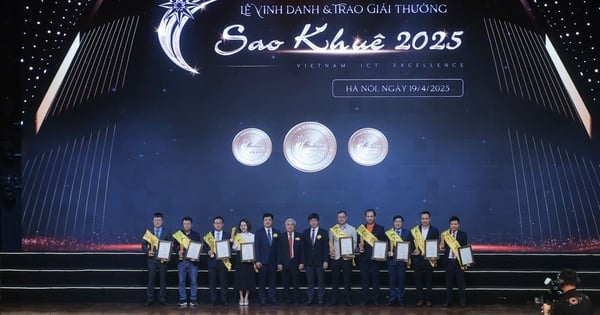




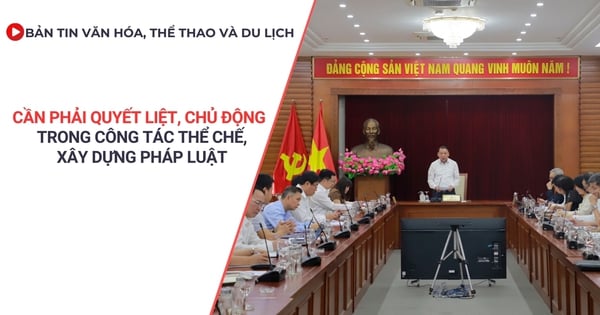
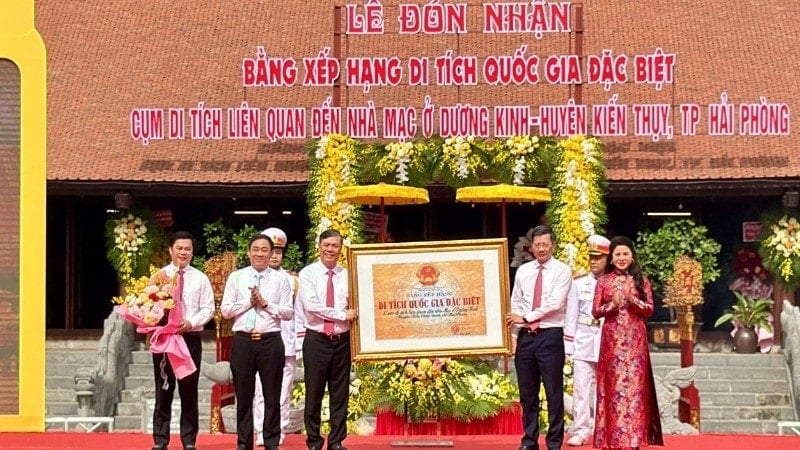



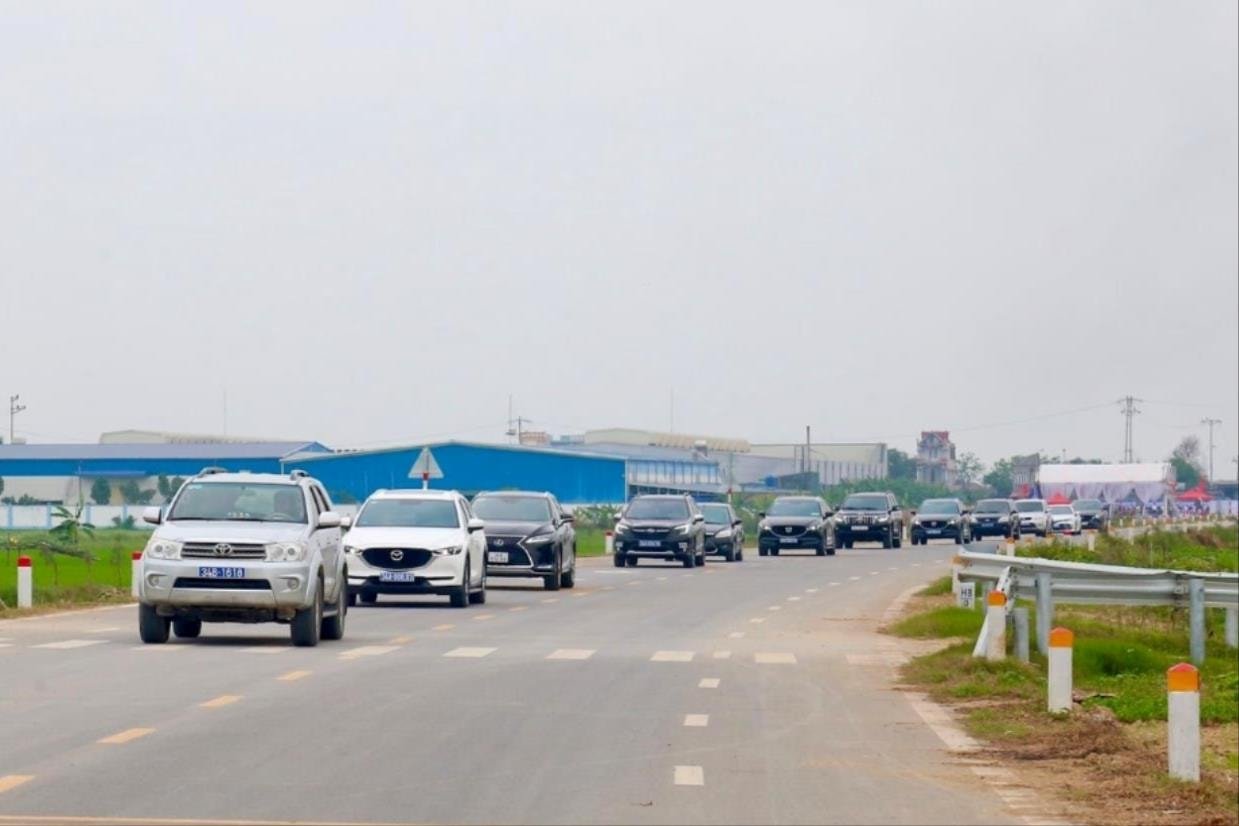


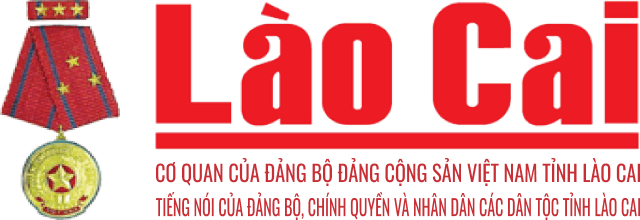











Comment (0)